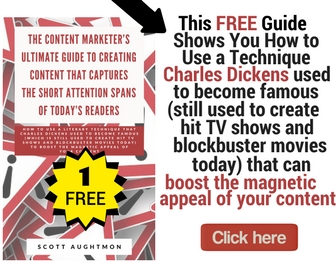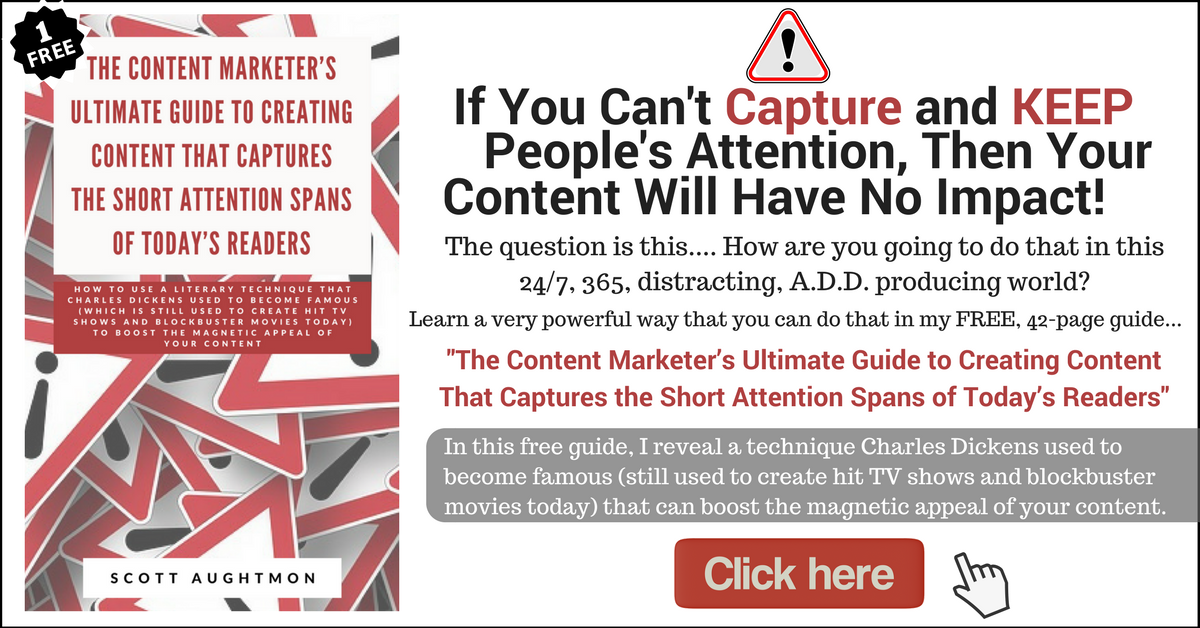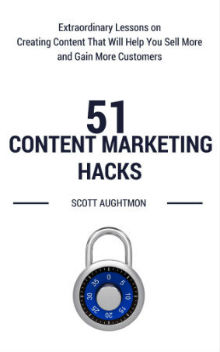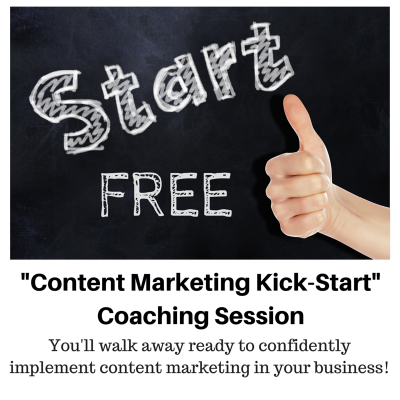Do you realize that we live daily with an almost miraculous substance, that we take for granted?
The miraculous substance is water.
Why do I call it miraculous?
Our planet is the only one we know of that contains such a substance. It is what allows us to have life on this planet.
But it’s commonness causes us to take it for granted.
One of the things that makes it what I’d call almost miraculous is that the water that is all around us—the water in the sky, on the ground, and in the air— is constantly changing form.
You might not realize this, but water’s unique properties make it the only natural substance that can be found in all three states: liquid, solid (ice) and gas (steam).
Not only that, but water all around us is constantly moving and changing forms as it travels across the globe. This happens through the process of evaporation, condensation, precipitation, runoff and collection.
This ability to change forms and travel is what makes it such a valuable, flexible, and useful resource.
What does this have to do with content marketing? A lot!
The purpose of content marketing is to provide helpful information to your prospects so that you attract them to you and your business instead of having to chase them to get their attention.
It allows you to engage them, help them and build relationships with them.
But the error many people make is that they only create content in one or two forms and neglect the others.
Why is this a problem?
When you limit the form your content takes, then you limit its ability to travel to where all your prospects are and you limit its usefulness or even value to them.
What forms can your content take? It comes in 4 basic forms which can be presented in multiple ways online and off.
The 4 basic forms and the multiple ways they can be presented are:
1) Text – Online – Blogs, Micromessaging (aka Twitter), Social Networking Sites (Facebook, Myspace), Your website / Offline – books, articles, reports, newsletters.
2) Audio – Online – Podcasting, online radio, MP3 / Offline – CDs, Mp3
3) Video – Online – Youtube, Vimeo, etc. / Offline – DVDs, etc.
4) Speaking/Teaching – Online – Webinars, teleconference / Offline – Seminars, interviews, etc.
What you need to remember is that each of these forms of content and the ways they can be presented each appeal to different types of people.
Some people love social media sites and others hate them. If you only have content on these sites you miss out on reaching the “haters”! 🙂
Not only that, each of these forms have different levels of usefulness for your various prospects.
If someone does not have the time to be online very much (based on their work schedule and access), then having your content ONLY online will never help you in reaching them!
These forms also have a different level of intrinsic value for people. Some people love reading. Others HATE reading and haven’t done it since they were forced to in school.
If you only provide your content only in text formats, you’ll never be able to attract and help the anti-readers, because they don’t value reading or accessing info that way.
And more importantly… Not only do some people not value some forms of content over others, but some actually are willing to PAY for some forms over others!
Internal Vs External Content
One other thing you need to consider is the portability of your content. If your content is only contained on your site or blog, then you limit who will discover it and access it.
When you create content in MP3 format you allow it to be stored and accessed on i-Tunes and other similar sites. When you create content in video format, you allow it to be stored and accessed on sites like Youtube and Vimeo.
All of this allows your content to spread around the internet, which gives you more chances to reach, help, and build relationships with prospects who might never find your site or blog.
By creating content in many different forms, you increase it’s ability to travel and amplify it’s value and usefulness to the people you’re trying to reach.
I haven’t done a very good job of doing this myself, so I will be creating content in other forms on my site and here on this blog. I’d encourage you to do the same.
Coming on Monday, July 26th
On Monday, I’ll share with you some things that might sound a little strange/weird:
- How I accidentally started this “content marketing” series
- How I just recently realized that I’ve trained to become a content creation expert over the last 22 years and didn’t even mean to! 🙂
- Ideas on how I plan to help you by sharing some little-known methods I’ve discovered over these two decades.
Until then…
Spread the word! Link to it. Tweet about it. Blog about it. Send smoke signals. Whatever! Here’s how…
Click here to tweet this (make sure you’re already logged in to Twitter).
Click here to post this on Facebook.
Here’s the link you can post on your blog: http://wp.me/pfeEX-by
Thanks,
Scott @rampbusinesses







No Pings Yet